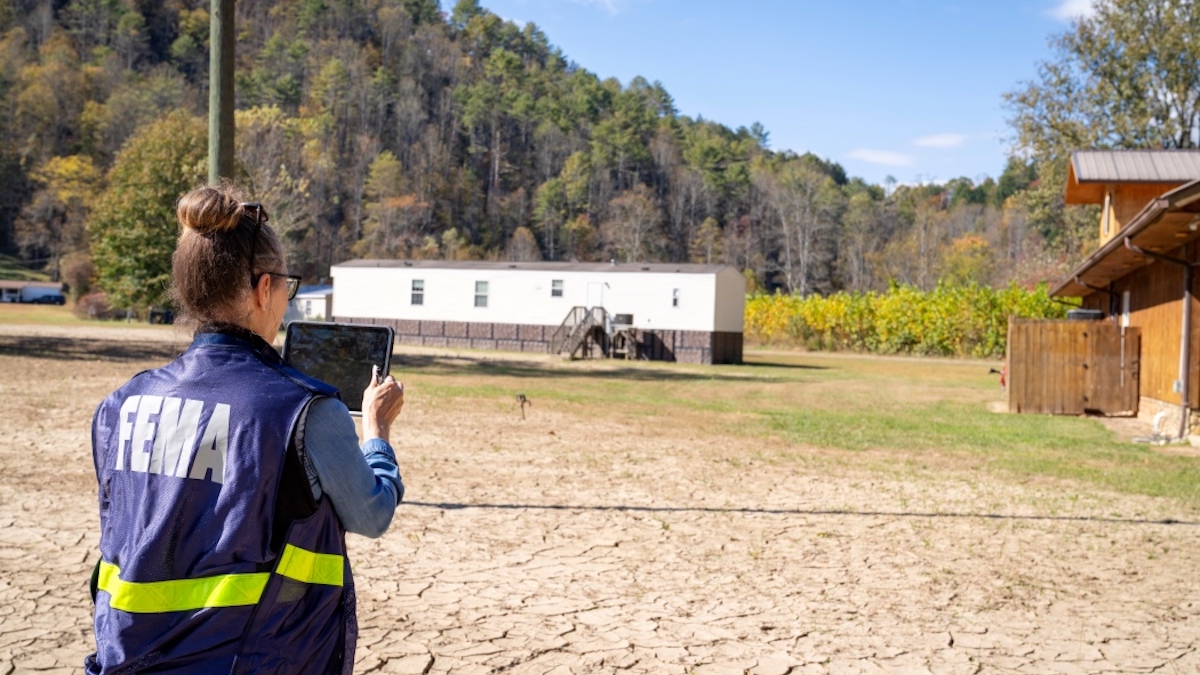Scientists have made an unexpected discovery in a thousand-year-old abandoned fortress in Mongolia.
Buried in the walls of the fortress is the grave of an elite woman who pre-dates the rise of the founder of the Mongolian Empire, Genghis Khan (also known as Chinggis Khan). The frontier fortress is about 1.4 km west of Khar Nuur lake in eastern Dornod province of Mongolia, only kilometres from the Chinese border.
Genghis Khan rose to prominence in 1206 CE. Before that, the Kitan-Liao Empire controlled great swaths of land between 916 and 1125 CE.
The period between these great dynasties is poorly understood as very few records survive.
This is in part due to Mongolia’s vastness and the relatively low amount of archaeological work done in the country.
But the low level of understanding about the post-Kitan and pre-Mongol period is also a product of the period itself, explains Hebrew University of Jerusalem archaeologist Gideon Selach-Lavi.
“The period between the fall of the Liao dynasty and the rise of the Mongol state and empire is a relatively obscure period in the history as well as the archaeology of this region – partly because there was not centralisation of control over Mongolia and no strong political entity, so investment in monuments is less than in other periods,” Selach-Lavi says.
Selach-Lavi is co-author of a paper detailing the grave’s discovery published in the journal Archaeological Research in Asia.
The Khar Nuur fortress was part of a larger set of walls and fortresses stretching more than 4,000km. Khar Nuur’s walls and ditches alone make up about 737km.
Within its walls were found a wood coffin, various artefacts and the body of a 40 to 60-year-old woman. Hers is one of only 26 burials from the period found in Mongolia.
Radiocarbon dating shows the woman was buried between 1158 and 1214 CE.
She was buried wearing a yellow silk robe, a headdress and golden earrings. Her grave also contained a silver cup, bronze vessel, gold bracelet, and coral and glass beads. These finds point to her status as a member of the elite during this pre-Mongol period.
Many of the artefacts are of non-local origin, being sourced as far as hundreds of kilometres away.
“The most surprising is the richness of the grave – considering its modest size and also in comparison to other known graves of this era,” Shelach-Lavi says. “Even more surprising are the variety of artifacts and materials found and their diverse origins.
“Also surprising is the placement of the grave which was dug into the wall of an earlier, but not much earlier, fortress.”
It is possible that she was buried in the walls of the fortress as another symbol of prestige.




















Discussion about this post